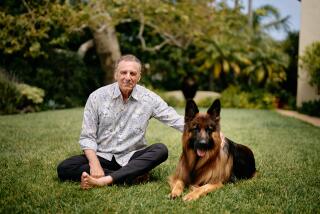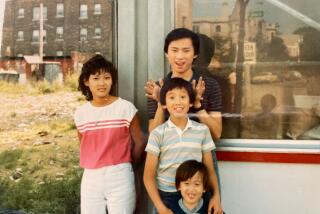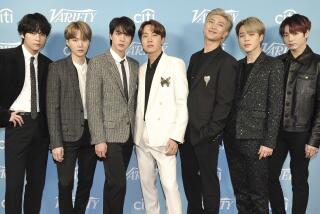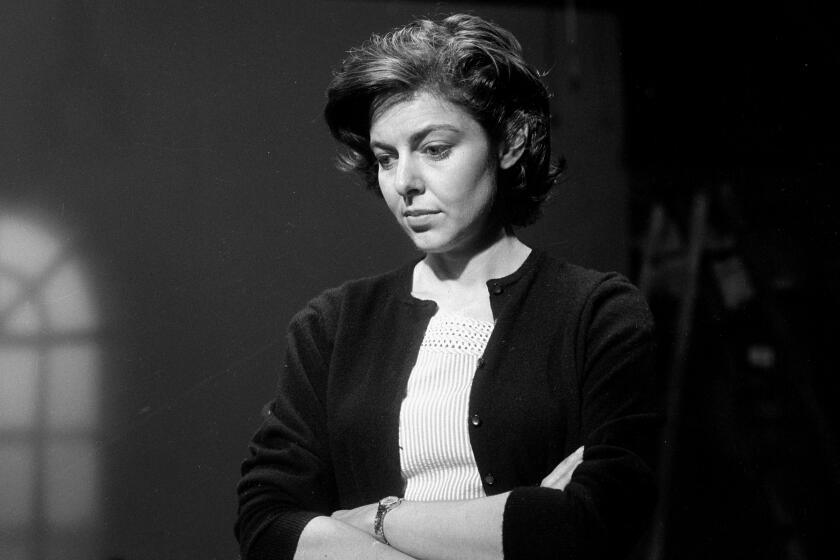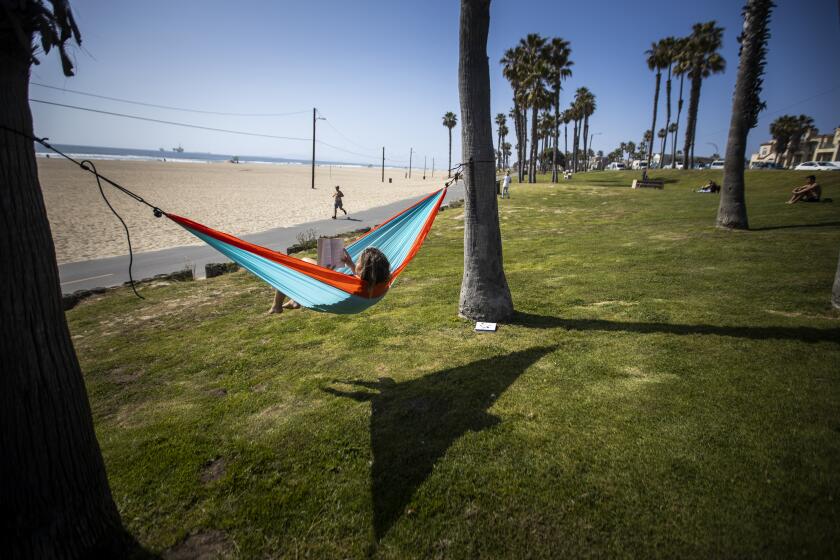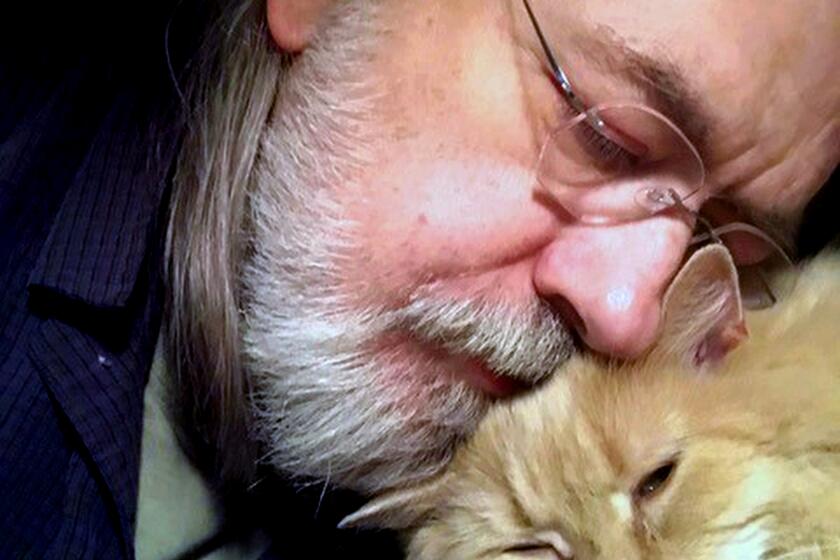Confessions of a Conspiracy Theorist
Anyone who has delved into the Kennedy assassination literature knows that this is a stranger-than-fiction realm. Not only do we encounter double- and triple-agents, but double- and triple-Oswalds. Why, according to official government records, is the Lee Harvey who defected to the Soviet Union taller than the one who came back? Later, in New Orleans and Dallas, the soon-to-be-accused assassin was seen here when he was really there because all these other guys were running around, by design or not, who looked very much like him.
I’m glad I grew up in Kansas City and not in Dallas. When I started conducting interviews for what (17 years later) became the book, “The Man Who Knew Too Much,” Oswald’s older friend, George deMohrenschildt, told me that I bore a striking resemblance to Lee. So is there something I don’t know about the roots of my obsession? For I cannot exclude myself from the legion of private-citizen detectives who pursue new clues about the tragedy of Dallas with indefatigable perseverance (or, some observers might say, with a monomania that makes Captain Ahab look like a well-rounded man).
I did not intend for the assassination to preoccupy me for almost two decades. I was basically an apolitical, teen-age sports fanatic on Nov. 22, 1963. Only as the years passed did I look back in rising anger and realize that the country’s fabric, if not its future, was torn apart that day. When more than two-thirds of the people surveyed believe that the truth has been deliberately withheld about the murder of one of America’s most popular leaders, it says something profound about the gaping wound in our national psyche. For many, the attempt to resolve the riddles of the assassination has become akin to a quest for the Grail; no accident the demise of Camelot, all seekers agree.
As a free-lance journalist, I roamed across the country for two solid years in the late 1970s, interviewing Cuban exiles, soldiers-of-fortune and acquaintances of Oswald. Two of these (including George deMohrenschildt) shortly after we met ended up dead; another survived a gunshot to the head. It was, to say the least, an unsettling pursuit. No less so when the anonymous phone call came: “Stay out of our business--or you’re dead!” When it turned out that the “Godfather”-styled voice was a friend playing a trick, I was hopping mad. Didn’t he realize what it was like to spend several hours with retired (fired?) CIA counterintelligence chief James Angleton, then go sit in a Washington movie theater and watch “Three Days of the Condor”?
It became, by the spring of 1978, a curious kind of journalistic double life. The day passed inside my then-office at TV Guide’s Hollywood bureau, writing about taking a road trip with Bob Hope. At twilight, I found myself in a dimly lit Irish bar, sitting across from a tall, scarred man who kept a wary eye on the other patrons. Once, he had been an agent of the CIA--and the KGB.
When I first showed up unannounced on Richard Case Nagell’s doorstep in suburban L.A., following up on a fellow researcher’s tip, it was 1975. That was the year the dam broke on many of the CIA’s dark secrets: plots to assassinate foreign leaders, domestic spying, mind-control programs. Richard Nagell, I came to believe, held a big key toward unlocking the darkest of all.
His ultimate revelation bespoke one of history’s greatest ironies. According to Nagell, the KGB tried to prevent the assassination--while the CIA and FBI, also aware of a plot, allowed it to proceed. The intent of a group of domestic conspirators was to falsely cast the blame upon Castro’s Cuba. Instead of obeying a KGB order that he, Nagell, kill the “patsy,” Oswald, in September, 1963, in Mexico, Nagell alerted the FBI before shooting two holes into the wall of an El Paso bank--intentionally getting himself placed in federal custody two months before that fateful day in Dallas. After being railroaded through prison for 4 1/2 years, Nagell ended up being arrested again in 1968--by the East Germans!
In introducing a brand-new cast of characters, I also faced the daunting realization that whole sects have already formed within the greater assassination culture. Are you with the David Lifton or the Harrison Livingston School on how far the tampering went with the President’s autopsy? How many gunmen fired from (a) the grassy knoll, (b) the book depository window(s), (c) the Daltex rooftop, (d) the sewer opening, (e) the next limousine? What were all those bad people doing in Dealey Plaza--driving in from Florida, tramping away from boxcars, radio transmitters strapped to their belts, phony Secret Service credentials hanging from their lapels--while, as the shots rang out, somebody who looked a helluva lot like the accused assassin was photographed standing in the Depository doorway watching the parade pass by?
I decided to avoid the technical difficulties and focus upon the whodunit: (1) CIA, (2) FBI, (3) Pentagon, (4) Mob, (5) Cuba, (6) Cuban exiles, (7) U.S.S.R., (8) ultra-right extremists. But in starting to assemble my addition to the 600-odd volumes printed since Dallas, the more I studied all the possible equations, the more diffuse the scheme became. Besides, over the years, every time I found myself getting too immersed in probing the subject, my personal life would fall apart. Wasn’t I better off concentrating on writing about contemporary problems like the environment? Yet there I was, in the wake of Oliver Stone’s “JFK,” plunging into the maze again.
This time my wife accompanied me. One afternoon Susan was studying an article by the late Mae Brussell--a researcher I had always considered a bit “fringy”--about the so-called “Nazi connection.” Susan kept insisting I reread it and, secretly smug that she was off on a tangent, I put her off as long as I could.
“Read carefully the section on General Willoughby,” she instructed.
Reluctantly, I did. Charles Willoughby, the onetime chief of intelligence for Gen. Douglas MacArthur (1941-51), turned out to have been born in Heidelberg, Germany, as Adolf Tscheppe-Weidenbach. “Hmmmmm,” I said, “that sounds familiar.” Scavenging through my files, I retrieved an anonymous letter, received in response to my first published piece on the assassination back in 1975. The letter-writer, who called himself “the Brooklyn waiter,” pointed to an acquaintance named “Tscheppe-Weidenbach” as the possible “mastermind” of the J.F.K. conspiracy. The name had seemed like gobbledygook to me at the time.
“Honey,” I said 17 years later, holding aloft the letter, “I think we’re onto something.” We? her eyes said. OK, we.
Thus, when I was supposed to be entering the homestretch, we embarked together on a whole new course of research. It led to a host of connections--Tscheppe-Weidenbach, Willoughby and Allen Dulles, ex-Nazis, the Hunt oil family, Cuban exiles. Nagell, my central character, was becoming but one crucial part of a much broader tapestry. Sifting through interviews old and new, having no idea how all the disparate pieces might fit together, gradually we saw a pattern emerge.
“The Man Who Knew Too Much,” friends joked, became “the book that grew too much.” Yet there seemed little I could do about it. In describing a hall of mirrors, I had to accept that my book would raise more questions than it answered. In the end came the realization that, as a great friend once said: “You don’t solve a mystery, you partake of the mysterious.”
More to Read
Sign up for our Book Club newsletter
Get the latest news, events and more from the Los Angeles Times Book Club, and help us get L.A. reading and talking.
You may occasionally receive promotional content from the Los Angeles Times.
